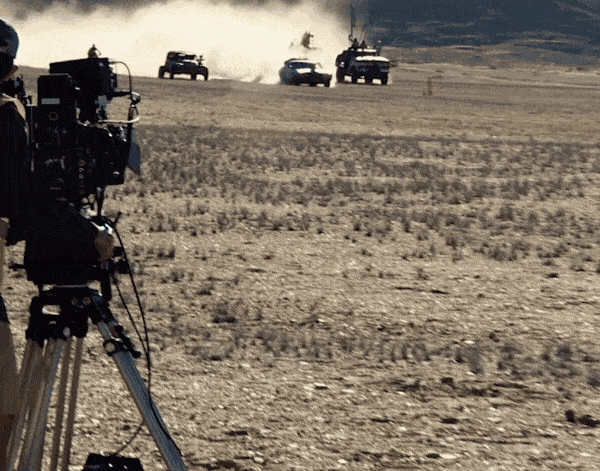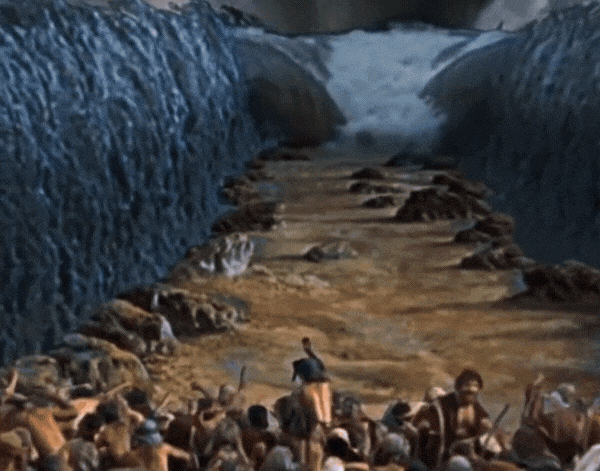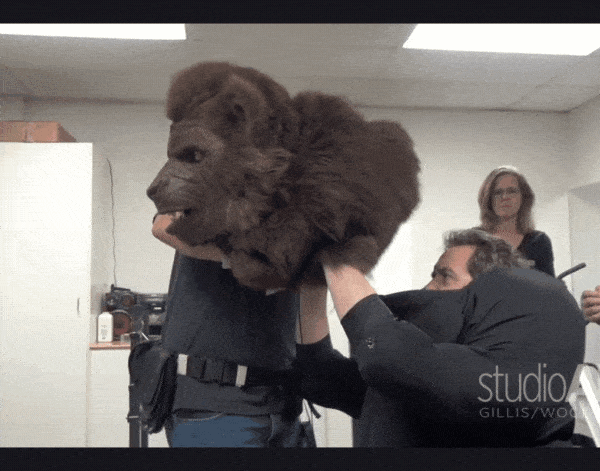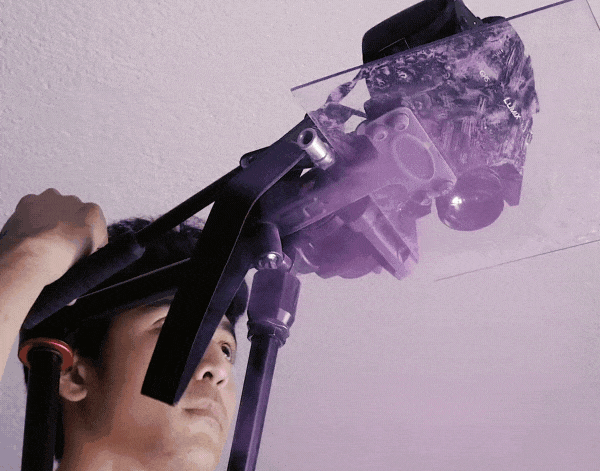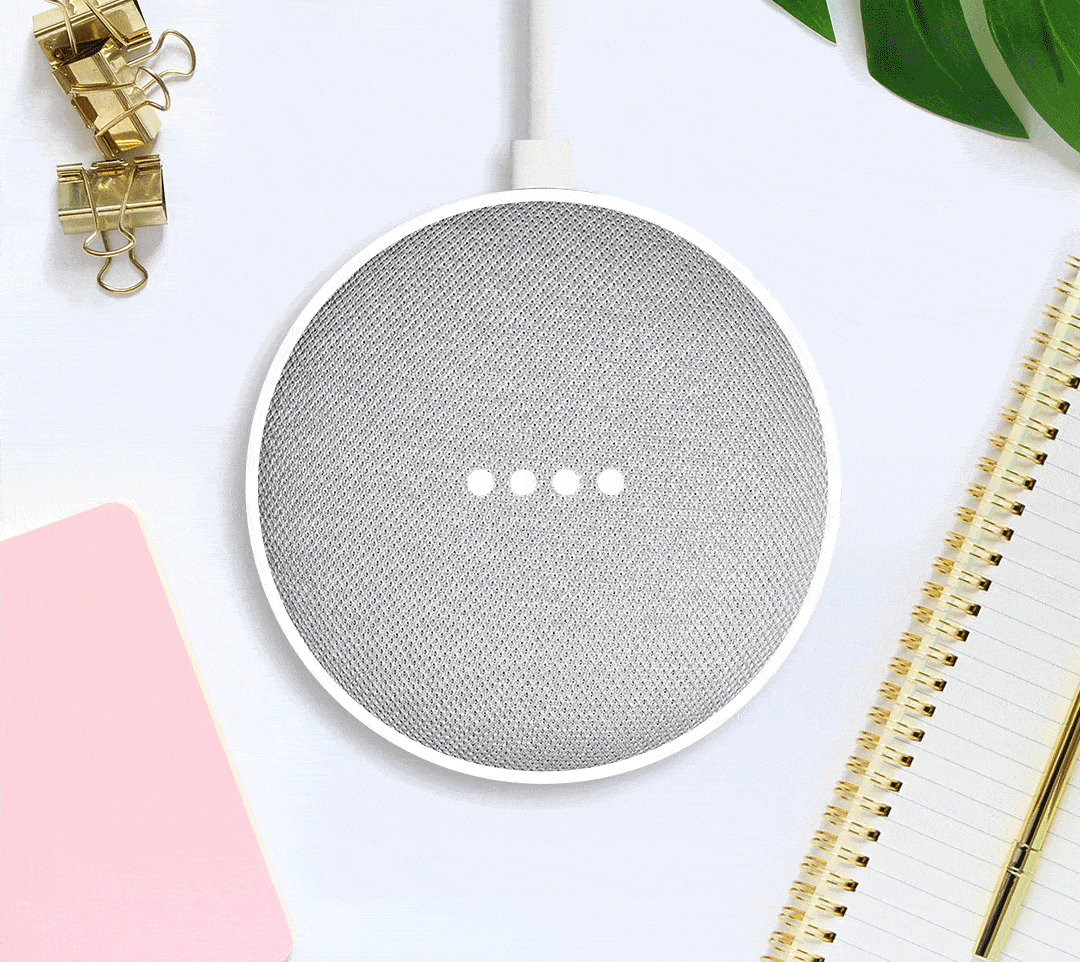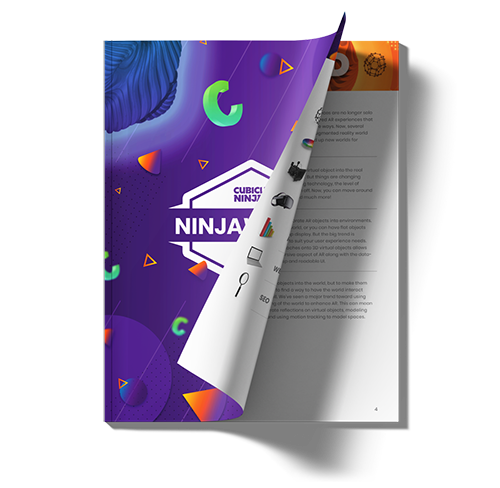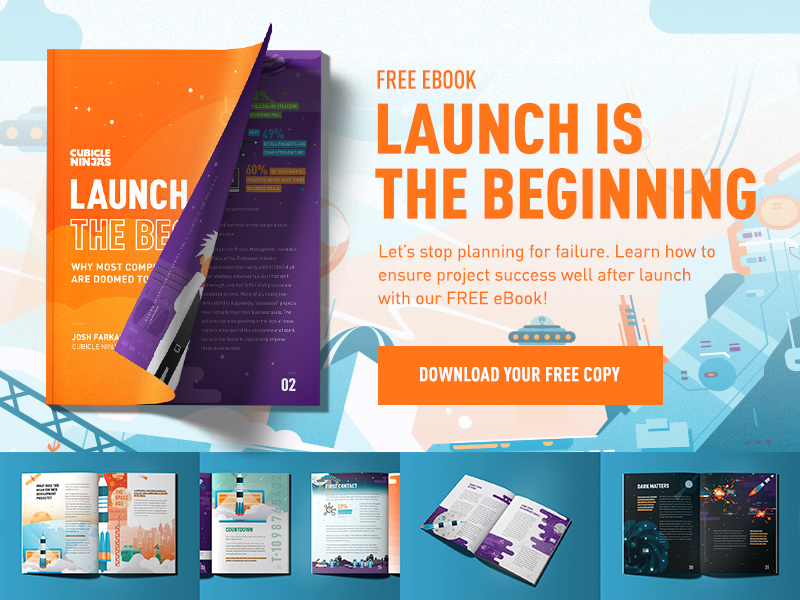
2020 Film & Motion Graphics Trends – Ninjawards
Each year, Cubicle Ninjas’ reviews the industry’s creative highs and lows to publish a curated list of notable efforts in each specialty. Think of it as a highlights reel of the years’ best and brightest, along with some cautionary tales.
One of the core ninja principles is to always question the status quo. The Ninjawards provides a platform for inspiration, constructive criticism, and ultimately, recognition of bright new areas of design or technology. We hope our thinking unlocks new perspectives about future video production trends!
Want to download all of the 2020 Ninjawards?
Our 2020 Ninajwards eBook is 100% free!

Multiple lenses on Modern Phones
Multi-lens camera phones give photographers and videographers an incredible new range of capabilities. You can creating stunning portraits by using depth information to blur backgrounds. You can boost low-light sensitivity by utilizing multiple sensors. And for videographers, you can capture multiple camera angles simultaneously to emulate a multi-camera interview — a setup that previously required a whole crew and multiple cameras!
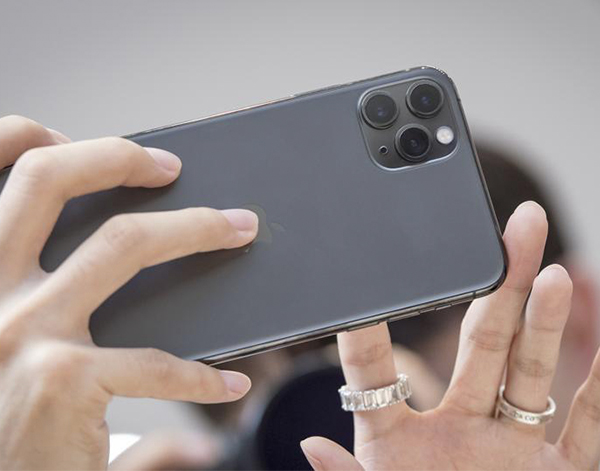
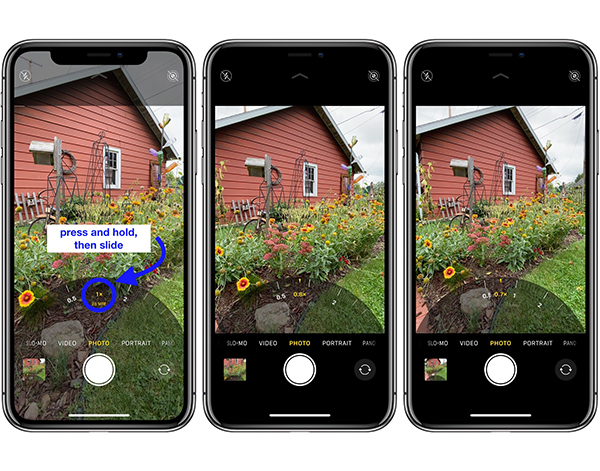

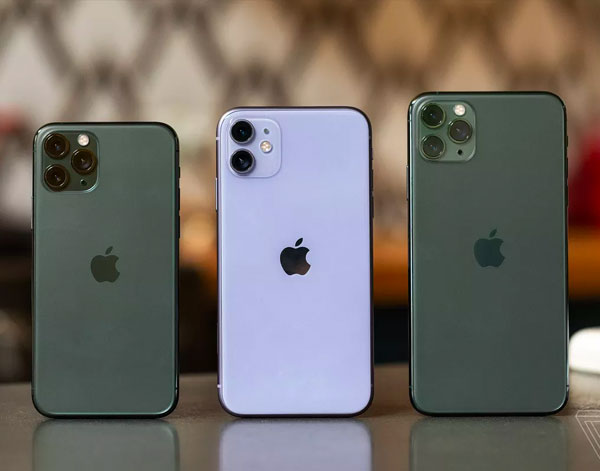
Fluid Motion and Soft Body Dynamics
There’s something very pleasing and soothing about seeing extremely fluid motion. More and more, we’re seeing reshaping and soft body dynamics being used to push the envelope on how fluid and continuous animators can make their motion pieces.
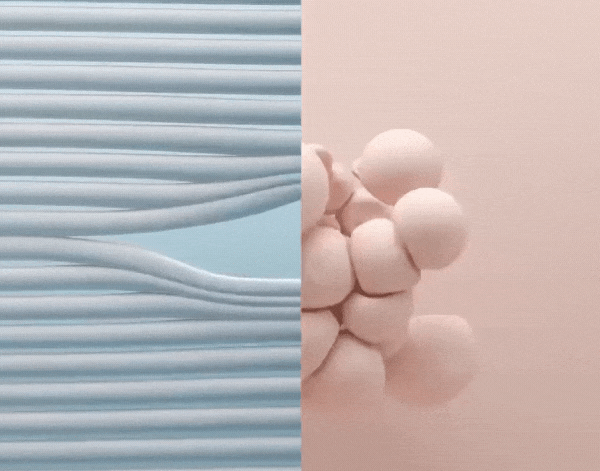
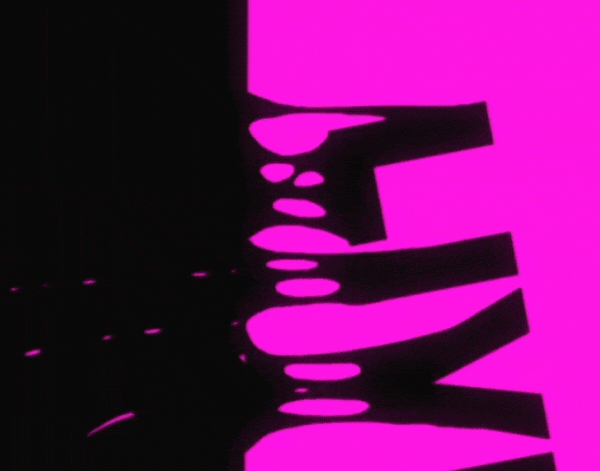
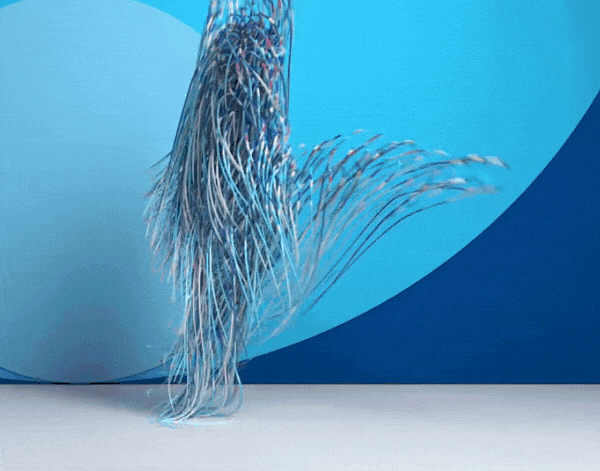
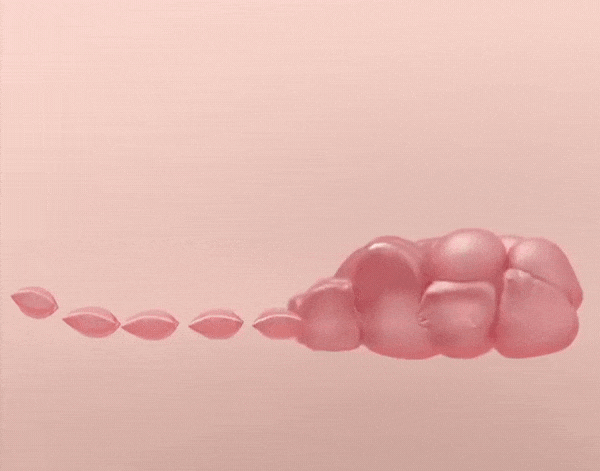
Grain shading
Shading brings 2D scenes to life by giving the appearance of depth and shape. But with highly stylized artwork, sometimes shading can look out of place. That’s why grain-style shading is an exciting new aesthetic trend. This lets you add depth to an image while still maintaining the style and feel of the 2D artwork, giving animators the tools to create compelling and beautiful graphics.




Low-poly 3D scenes
From video games to animations, low-poly scenes are a major trend in 3D visual design. For one, they address a lot of practical issues — processor and memory limitations on mobile devices are serious impediments, so lightweight scenes are needed for better performance. On top of that, though, they also have a cool and stylized look. This makes low-poly scenes the perfect blend of form and function.

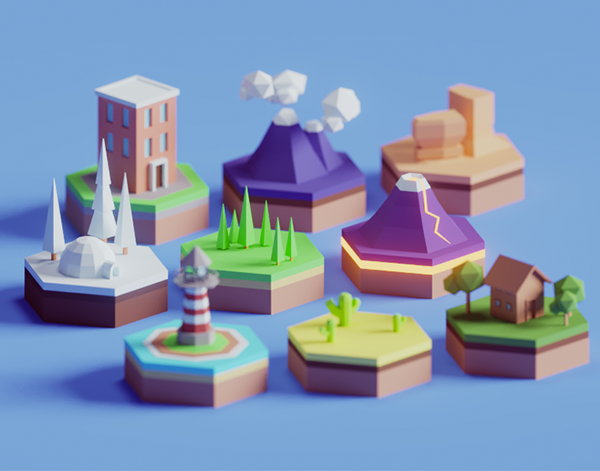
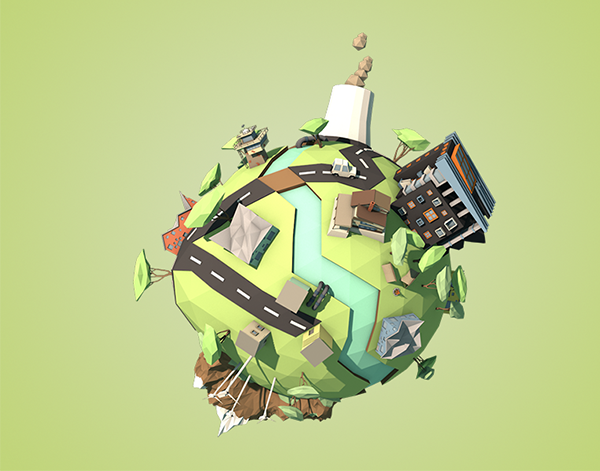
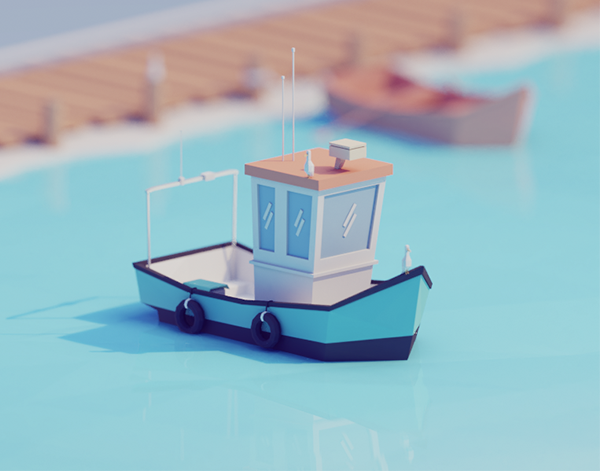
Macro Close-ups
A perk of using high-fidelity 3D models is that you can create amazing macro close-up shots that would be impossible to create in real life. Using the fine texture and lighting details, you can create thrilling videos that start extremely zoomed in and gradually reveal the object — all while using music and camera motion to build dramatic tension.
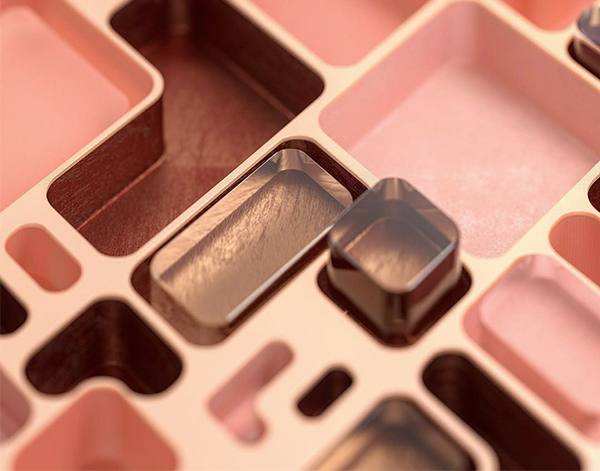


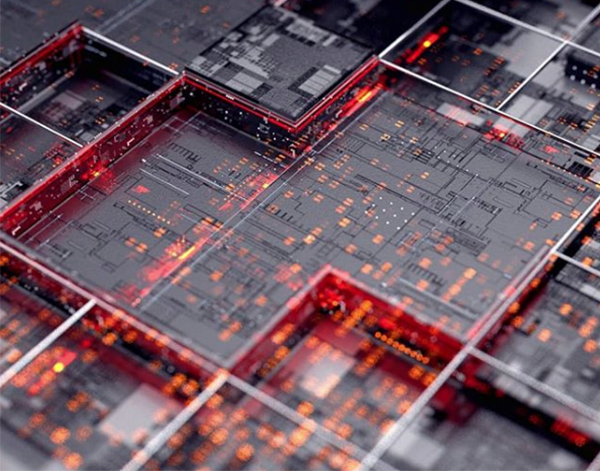
Choose Your Own Movie
AI facial replacement technology is advancing at an incredible pace! This year, it’s taken a big step forward from a fun toy in photo-sharing apps to a powerful tool for putting your own face into movie scenes. The recently released Zao app shows the amazing (and somewhat terrifying!) potential that this technology holds.


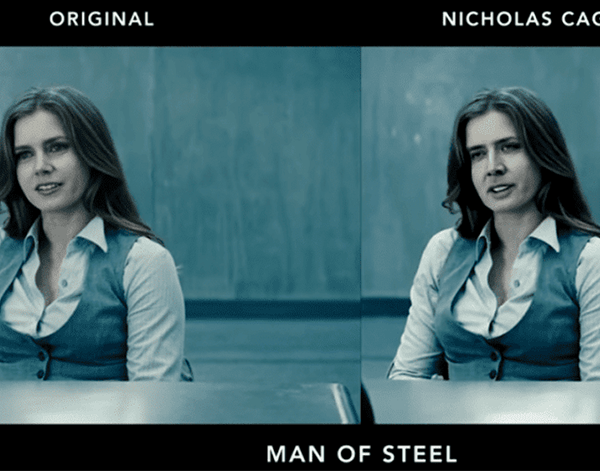
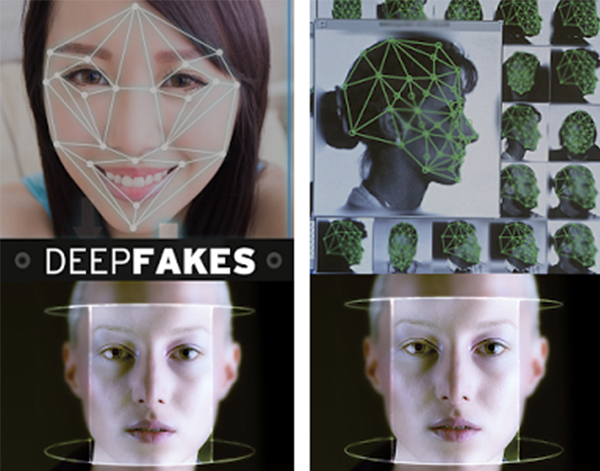
Isometric Motion Design
Aesthetic styles are cyclical. For a long time, there was a trend toward skeuomorphism — making symbols appear as realistic and lifelike as possible. This year, the pendulum is swinging back toward isometric design, bringing back simple shapes and colors to give objects a more “illustrated” look. This is a welcome trend for video production, because isometric design opens up much more possibility for animation, manipulation, and shape-shifting.





Over-Reliance on Stock Video
We’re living in a golden age right now — with the widespread availability and portability of professional-quality filmmaking equipment, it’s never been easier to get amazing custom video content! That’s why it’s frustrating to see that people aren’t taking advantage of it, and instead relying on tired and clichéd stock video.
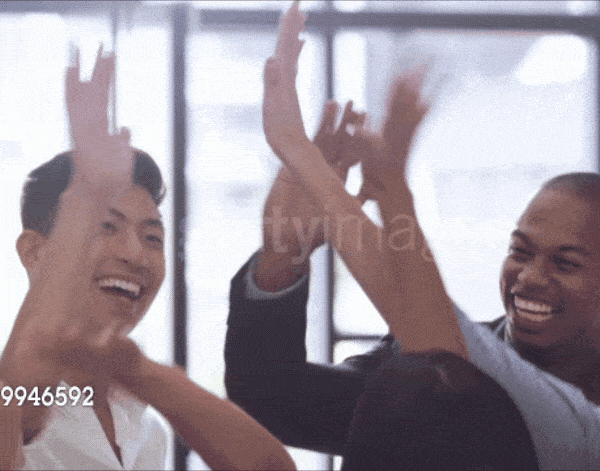
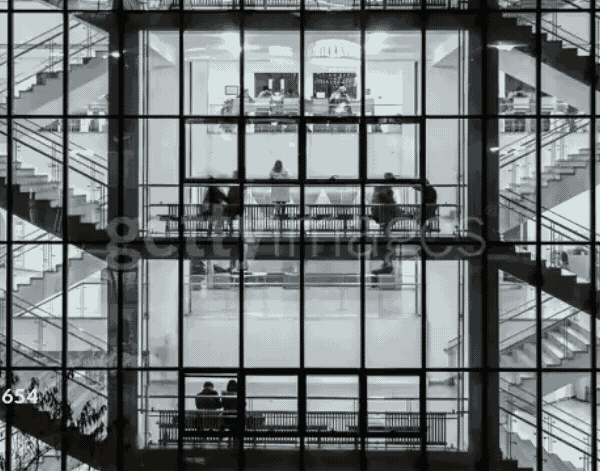


Undersaturation
Desaturating footage to create a specific visual mood was a popular trend recently, but at some point it went too far in that direction. Now, bold colors and sharp contrast are back fashion, so seeing film and motion pieces that are still overdoing it with flat, bland, or washed-out looks is disappointing.
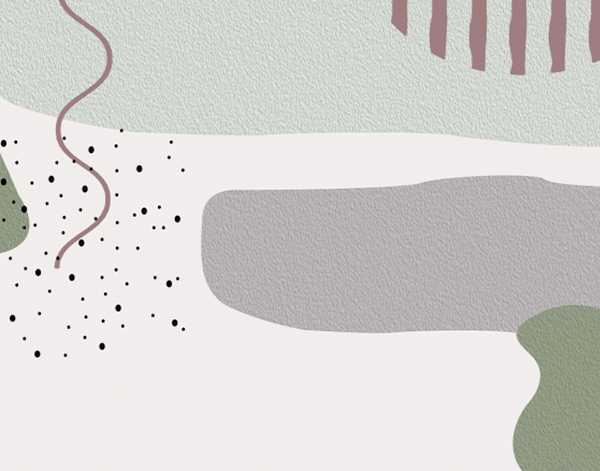



Glitch FX
There’s retro, and then there’s too retro. Right now, glitchy effects and transitions are in that uncanny valley where they look dated but not yet vintage. Give them a rest.


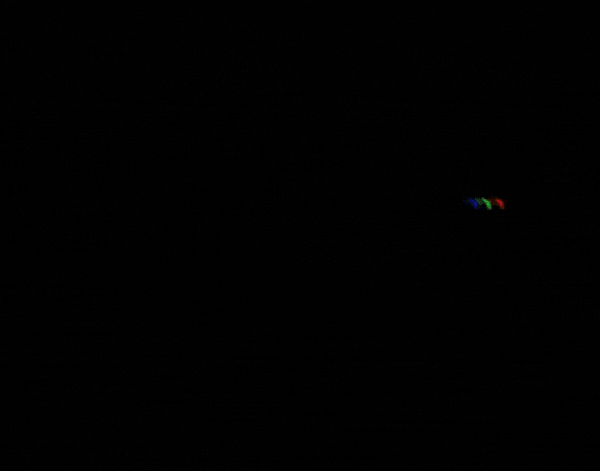

Unfortunate Type Mixing
In motion, readability in typography is especially important — you need people to be able to read things in the short time they’re on screen. Make sure all text works together, and don’t create any confusion or headaches through clashing fonts.


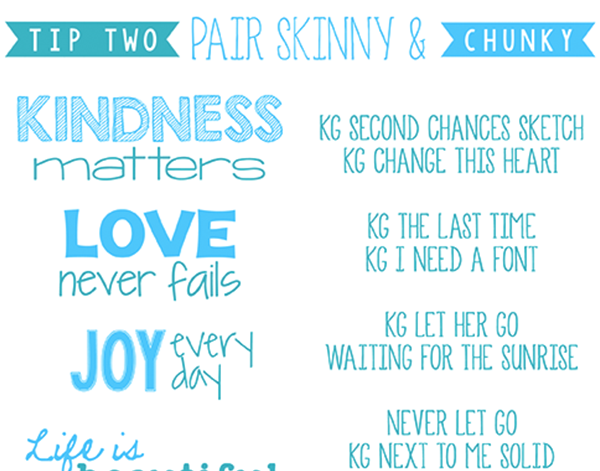
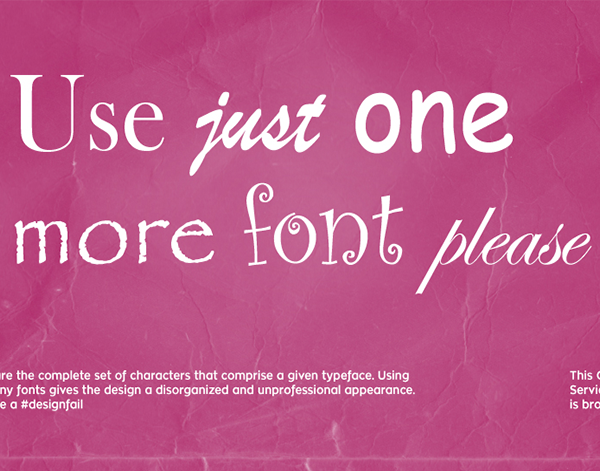

Virtual Camera Movement
Virtual camera movement is one of our favorite developing trends. By adding some shake, zoom, or motion to a motion piece, you can drastically change the emotion, intensity, and feel of the entire project. Give it a shot!
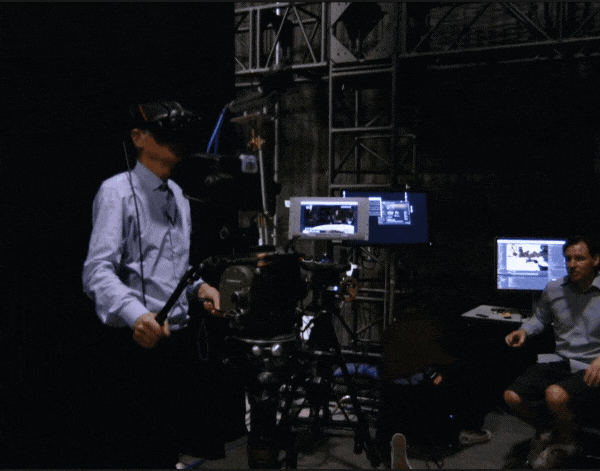
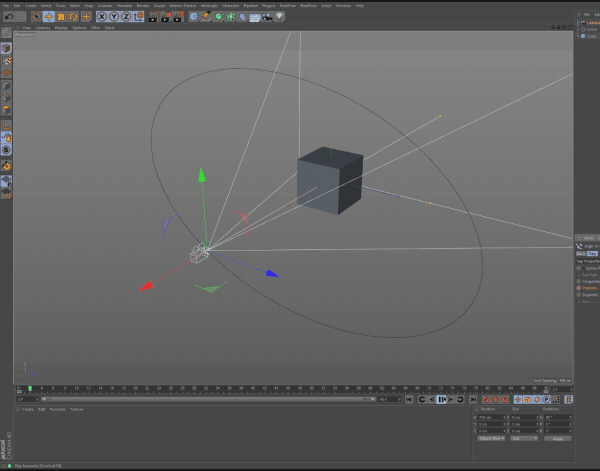
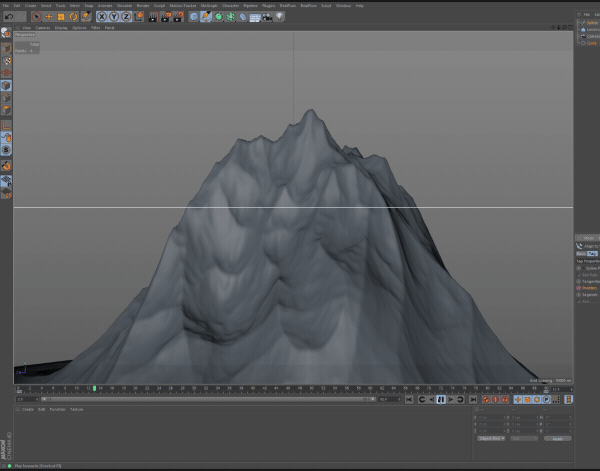
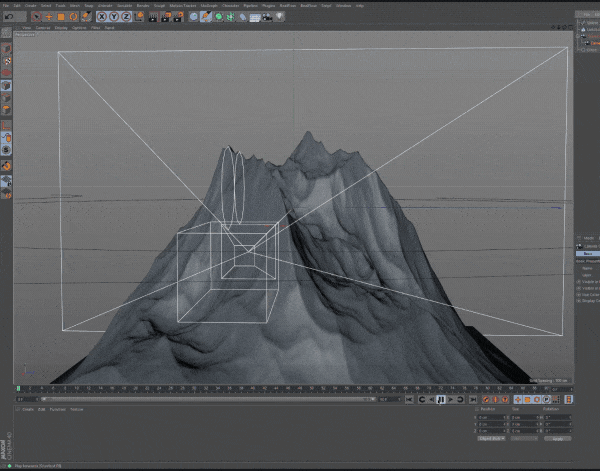
Retro Aesthetics
Aesthetic trends never go away forever — they just go dormant until they’re ready to resurface. Right now we’re at a point where 80s nostalgia is coming back in a big way. Think Stranger Things or vaporwave — bringing back these vintage looks in motion and film is a sure way to generate interest.
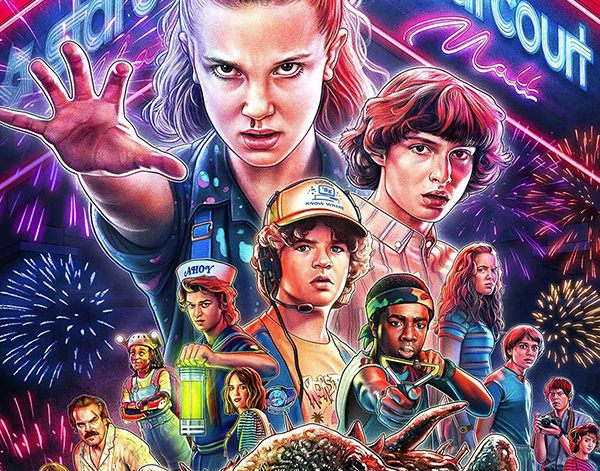
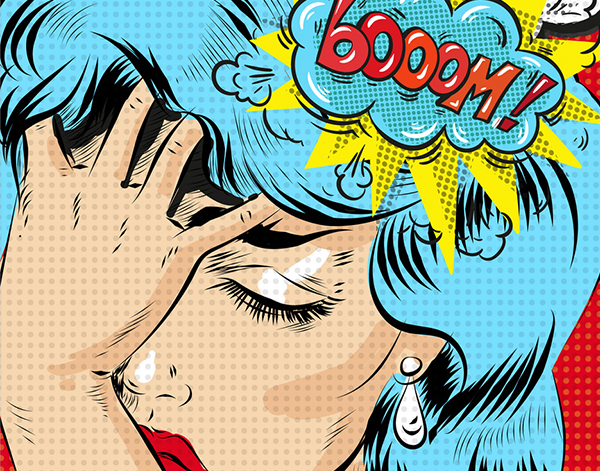
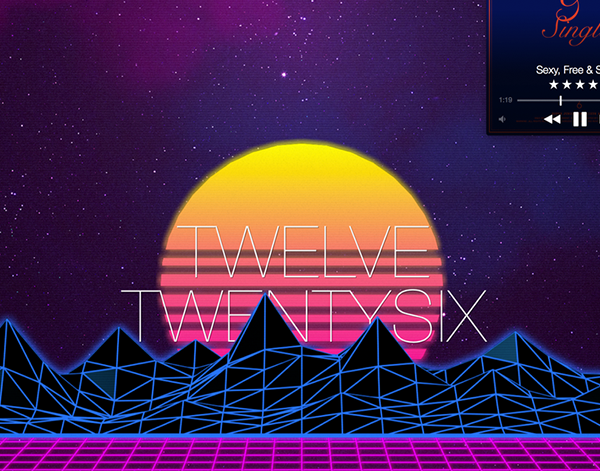

Shape Morphing
As isometric designs come back into fashion, it opens up a whole new range of possibilities! Since isometric designs are built out of basic shape elements, you can manipulate these individually to create exciting pop-in, pop-out, and morph effects.


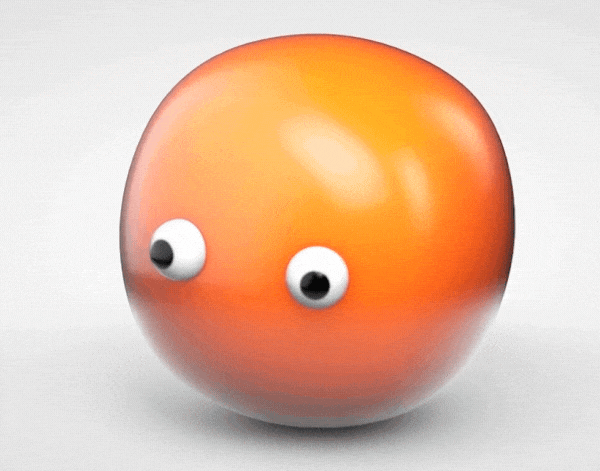

Low Cost Motion Tracking
Motion tracking used to be only for big-time Hollywood movie studios. But with the rise of consumer VR systems and motion sensors, it’s now available to anyone who has a computer, a spare room, and a vision!
Practical FX vs Special FX
People are getting a little wary of seeing too much computer graphics in films, and it’s becoming more popular to go back to practical effects. Even an extremely detailed computer model of a shark can’t quite recreate the aesthetic of the giant mechanical shark used in Jaws.
